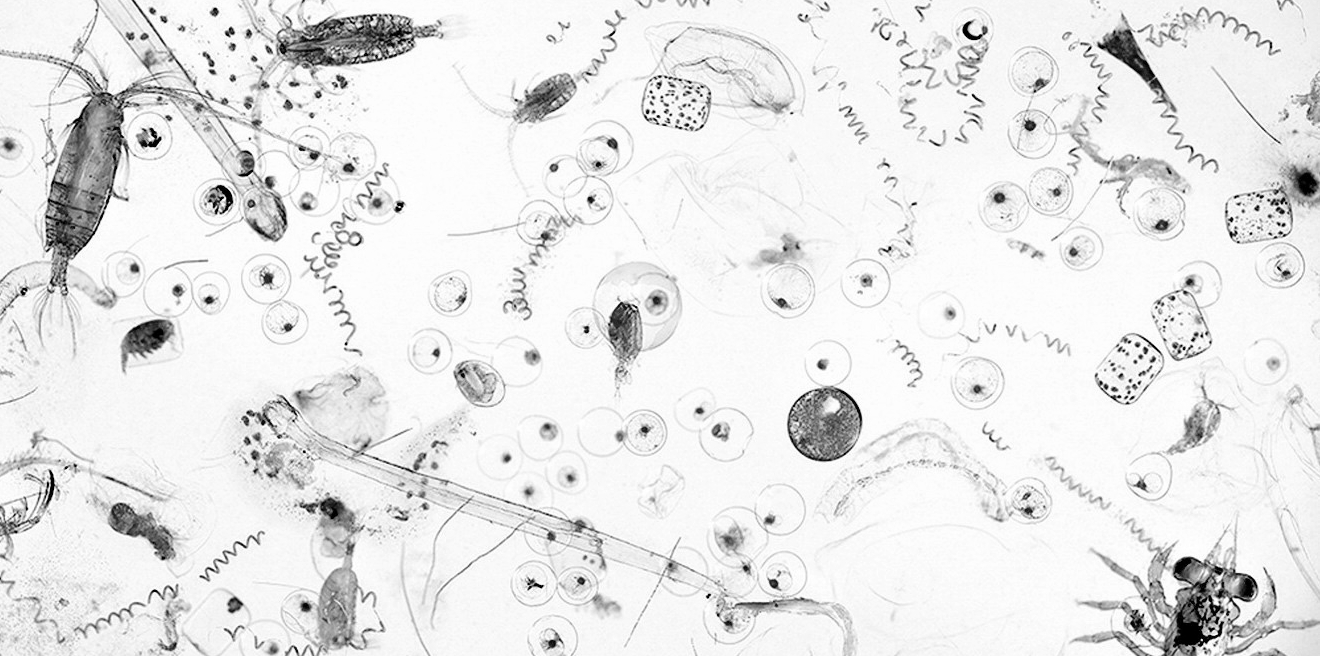My main research interest is the modelling of fundamental community processes. I look for simple ways to describe complex ecological and evolutionary processes, trying to see which are the very relevant features required to describe data. In particular, I am focusing on two aspects of ecology and evolution: how is characterized a stable state of an ecological community and, on the other hand, how stochasticity affects the evolution of individual traits and the shape of communities.
Characterisation of bacterial communities

Even though communities are extremely complex objects with hundreds of species interchanging across samples, experimental data show the existence of fundamental quantities, constant across different samples. I look for theoretical models describing how these quantities arise from complexity, understanding why they provide a reliable measure. For instance, it has been shown [The Human Microbiome Project Consortium 2006] that in bacterial communities the species composition is highly variable and non-reproducible. On the contrary, the functional composition, i.e. the total amount of genes encoding each cellular function, is stable across samples of similar environments. We study how functional stability naturally arises in consumer-resource models, where the functional composition is determined by the amount of each resource provided to the system while the species abundances are free to fluctuate.
L. Fant, I. Macocco, J. Grilli, Preprint
Metabolism and growth of ecological communities

Ecosystem show remarkable consistency when we look at how metabolism and growth scale with total biomass, meaning that communities of completely different species grow and use energy at the same rate, uniquely determined by their biomass. These scalings parallel the ones observed at the individual level, where metabolism-size relationships are observed observed for individual organisms. Surprisingly, these two observations seem incompatible as we would expect to see size-dependent effects also at the community level. Together with Giulia Ghedini we try, by joining experimental data on phytoplankton communities and theoretical modelling, to understand the general principles that regulate ecosystem production and its connection with energy use, trying to predict how it will be impacted by reductions in species size driven by global change.
L. Fant, G. Ghedini, Nature Communications, 2024
Cooperation emergence and stability in fluctuating environments

Cooperation, giving without a guaranteed return, is a widely seen phenomenon in nature. It appears in many communities, in plants, animals and humans. Even though cooperating is usually advantageous, the uncertainty of its returns makes it evolutionary unstable, as cheating is a winning strategy. This opens up the challenge of the theoretical explanation of its stability in nature. Usually, the mechanisms responsible for such stability are the ones summarized in [Nowak 2006]. I try to understand how cooperation can arise from stochasticity instead, identifying a mechanism intrinsically connected to growth.
Growth in fluctuating environments can be often represented by stochastic multiplicative processes, where species multiply their population by a random factor at each generation. A paradigmatic model describing these processes is geometric Brownian motion, a highly relevant description of many ecological processes like population dynamics. I investigate how stochastic multiplicative growth affects the emergence and stability of cooperation. An unexpected property of stochastic multiplicative processes arose: they provide evolutionary stability to cooperation as individuals show to spontaneously increase their cooperation levels.
As a side interest, I also explore the social and economical consequences of cooperation. As geometric Brownian motion is often used in economics to describe stock markets and economic agents, how cooperation stability could affect economical policies?
L. Fant, O. Mazzarisi, E. Panizon, J. Grilli, Phys. Rev. E 108, L012401, 2023
Dispersal across niches

A niche is a combination of an individual and the set of environmental conditions that surround it, in its most general sense. The resources it consumes, the space it occupies, and the other individuals with whom it interacts.
Individuals move across niches through many different processes. They can move spatially through dispersal and migrations, temporally by dormancy and phenotypically by mutations and phenotypic switch. Depending on the considered process, changing niche can therefore be a fast or slow, deterministic or stochastic process with many key ingredients that make it unique. Instead of looking at one of these processes and identify its peculiarities, we try to identify a shared phenomenology among these mechanisms that are usually investigated by very different branches of biology. In fact, even though they have different underlying physiological mechanisms, they share some ecological consequences, that is the balance between niche exploitation and avoidance of competition with conspecifics. To unravel this link, we look at how niche quality variability could modify the optimal strategy when it comes to changing niche.